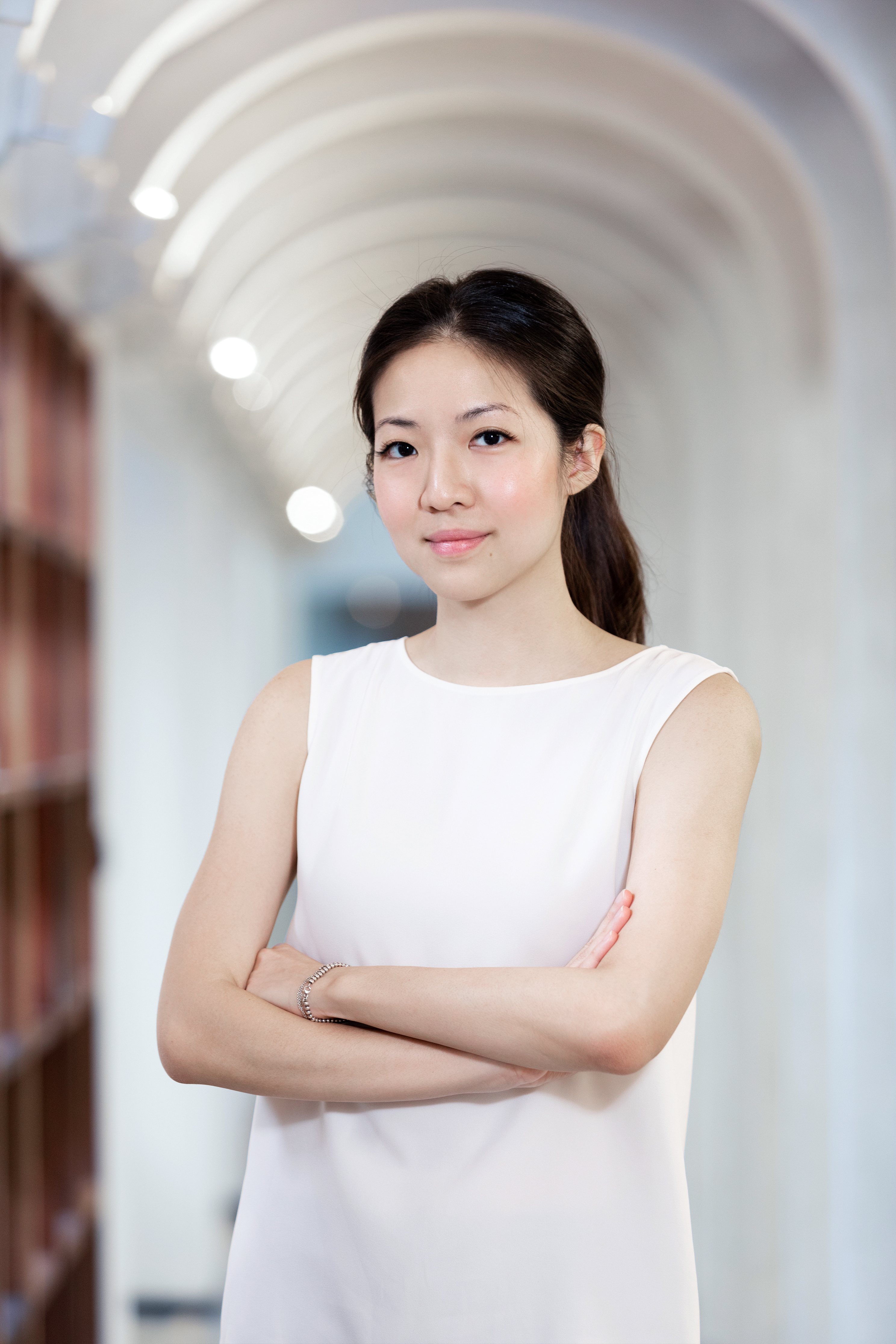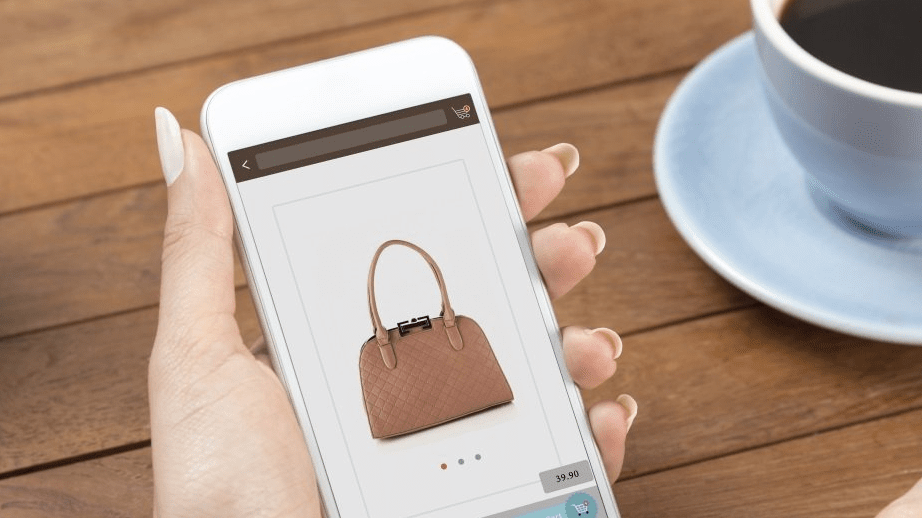
Throwing the spotlight on e-commerce opportunities in China, the first of Luxury Society’s new series of events around the globe got off to a running start in New York City last week.
At present, nearly 40% of the world’s e-commerce transactions are taking place in China. For luxury and premium brands looking to appeal to shoppers from the world’s most populous nation, e-commerce is now a must. However, the Chinese e-commerce landscape is not an easy one to navigate. How does one go about getting started, and eventually build a sustainable stream of e-commerce revenue?
Luxury Society kicked off the first event in its new Briefing series in New York City last Wednesday. Featuring experts from Chinese e-commerce platforms as well as service providers, the event focused on the Chinese E-commerce Opportunity and how American brands could leverage it.
Over 50 luxury executives from brands including Tiffany & Co., Proenza Schouler, Diane von Furstenberg, Marc Jacobs and Carolina Herrera were present at the breakfast session held at Four Seasons Downtown.
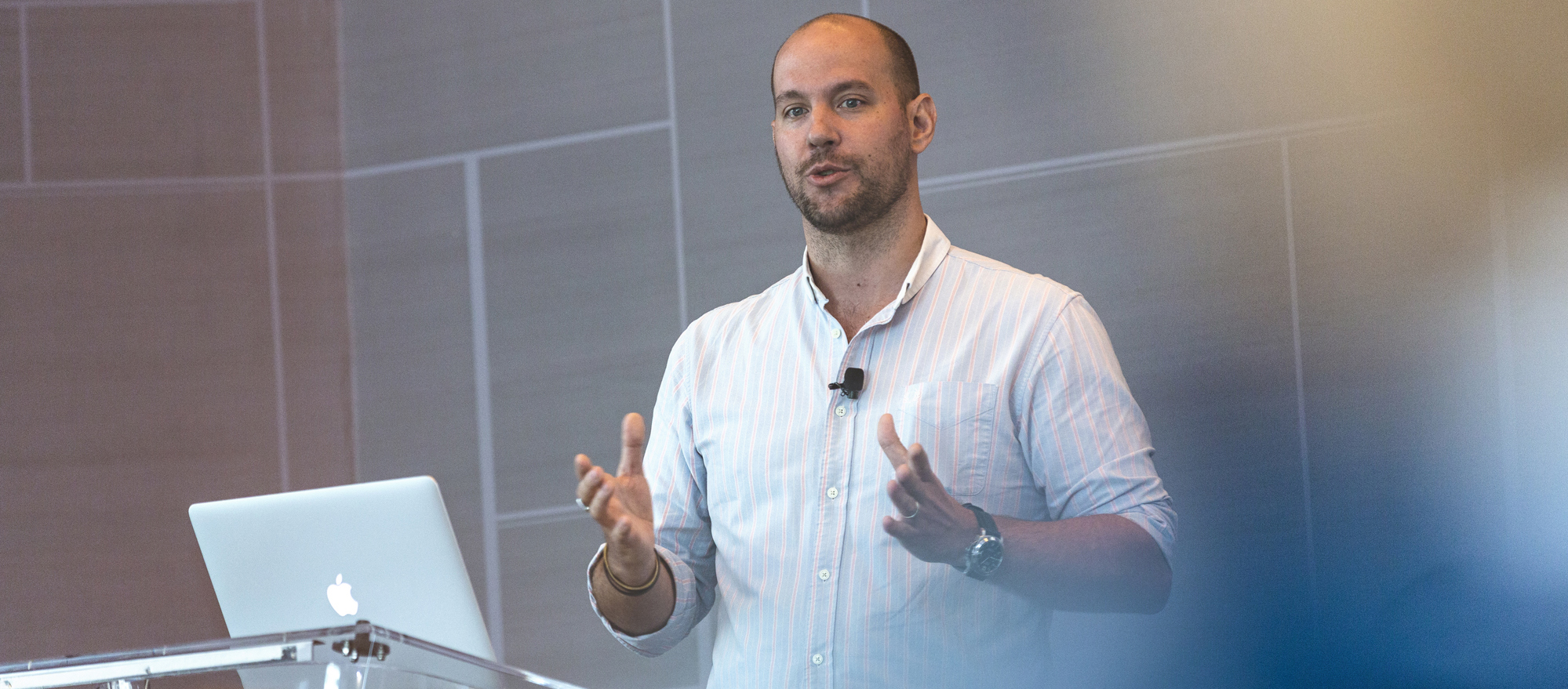
Pablo Mauron, Partner and Managing Director China at DLG (Digital Luxury Group)
Among those who presented was Pablo Mauron, Partner and Managing Director China at DLG (Digital Luxury Group). Besides laying out the Chinese e-commerce landscape for attendees, Mauron also emphasised on the importance for brands to be clear on what they hope to achieve in this market and the resources they can commit to the endeavour. “There is no one-size-fits-all approach when it comes to e-commerce in China,” said Mauron. “How successful you are going to be is also linked to your capacity to invest. There is a direct correlation between your e-commerce revenue and activation investment – you need to spend money to get that visibility and traffic,” he added.
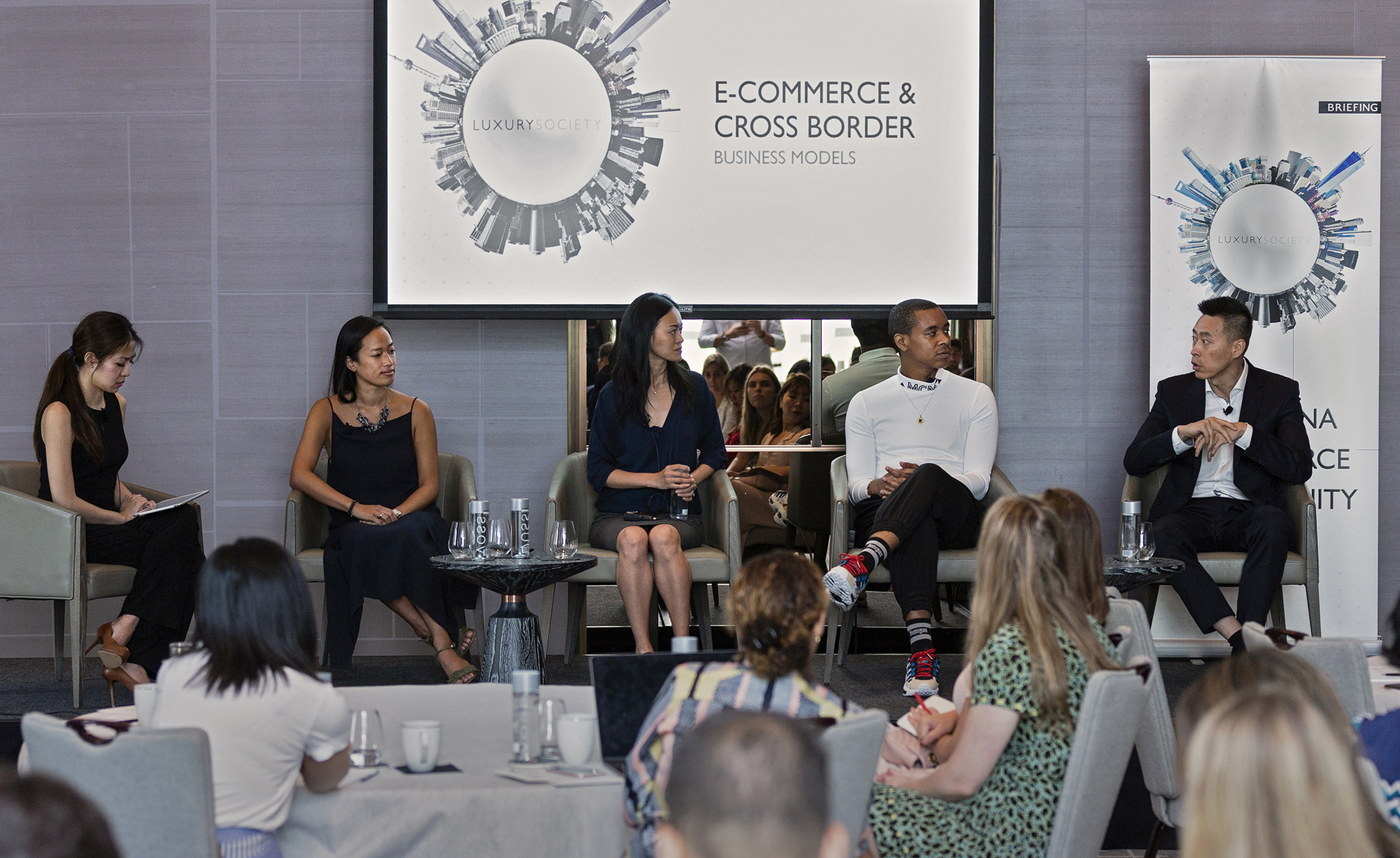
Panel Discussion on E-commerce and Cross Border Business Models
Partner and International Client Development Director Iris Chan was also present at the event as part of a panel discussion about E-commerce and Cross Border Models led by the China Editor of Luxury Society, Lydianne Yap. The discussion centered around the different options available to brands when it comes to entering the China e-commerce space, and how they can better leverage the channels available . “The cross border model works in favour of brands from certain categories that, for consumers, where ingredients and quality are key to purchase, such as mum and baby or beauty,” said Chan.
“Especially for beauty brands that have built their entire businesses on the notion of being cruelty-free, this can be a problem in China. While regulations might change in the near future, brands that work with an in-country model in China are subject to local laws that make animal testing for products mandatory. So a cross border model is a way for beauty brands to engage in e-commerce activities in the market,” she adds.
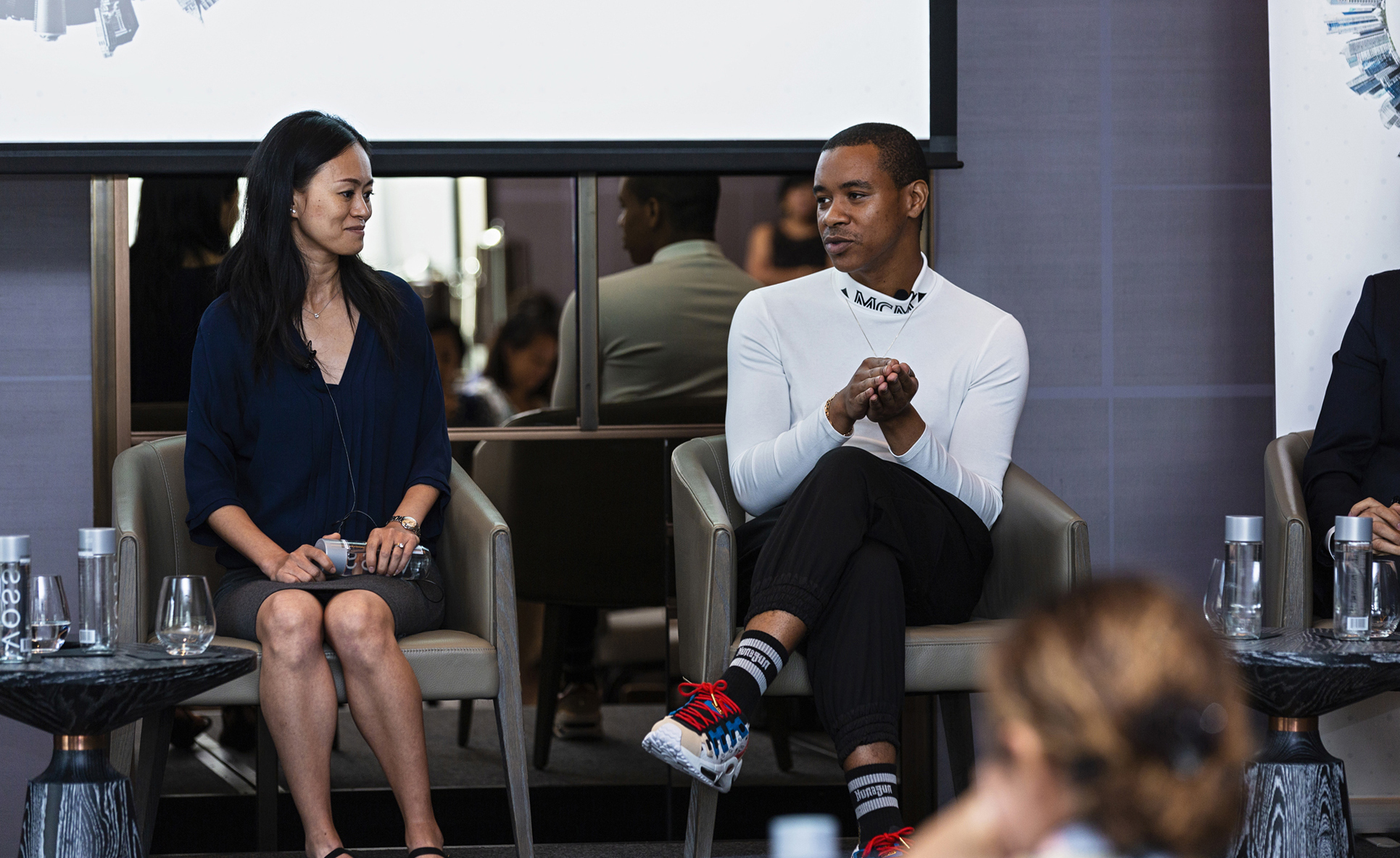
Eve Sykes, Senior Business Development Manager at Secoo U.S and Hosie Neal, Global Associate Director, Digital Operations and Omnichannel at MCM Worldwide
Also on the panel was Eve Sykes, Senior Business Development Manager at Secoo U.S and Hosie Neal, Global Associate Director, Digital Operations and Omnichannel at MCM Worldwide. While Sykes provided insights on the topic from her perspective as an e-commerce platform, Neal presented his experiences as a brand that managed to successfully establish a seamless omnichannel experience for its customers in China.
“Entering the Chinese e-commerce market is not easy. The landscape is completely different and you will take some time to navigate it and identify the right strategy,” said Neal. “Naturally, you will make mistakes. But the key is to keep trying until you get it right,” he adds.
Feedback about the inaugural Luxury Society Briefing in New York was highly positive, with attendees commending the insights and knowledge it offered to brands attempting to crack the China e-commerce market. “We hope that events like this will offer international luxury executives more insights on the world’s largest market for luxury consumption,” says Yap, who also serves as Marketing and Communications Director at DLG. “We are looking forward to staging more editions around the globe in the near future.”

